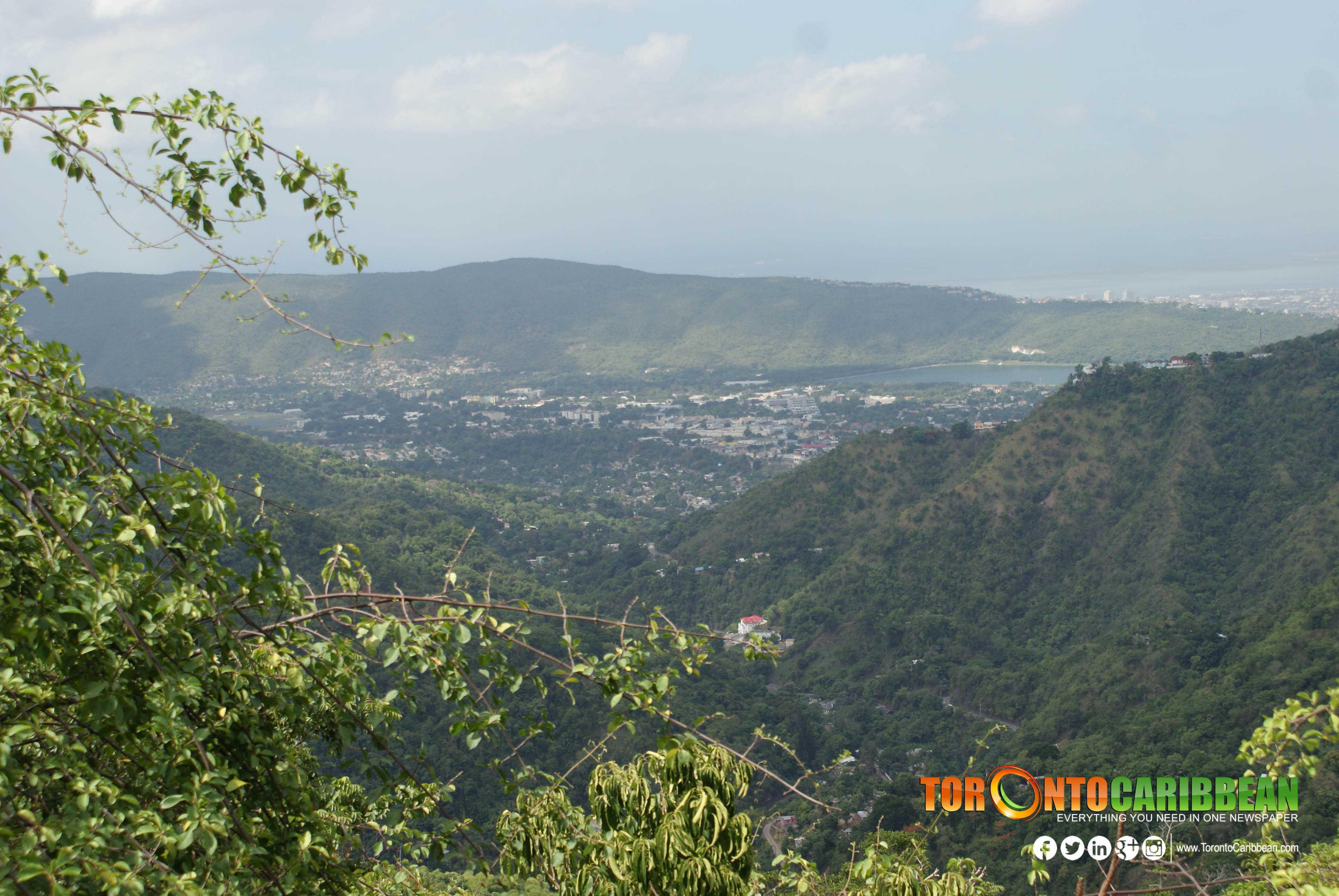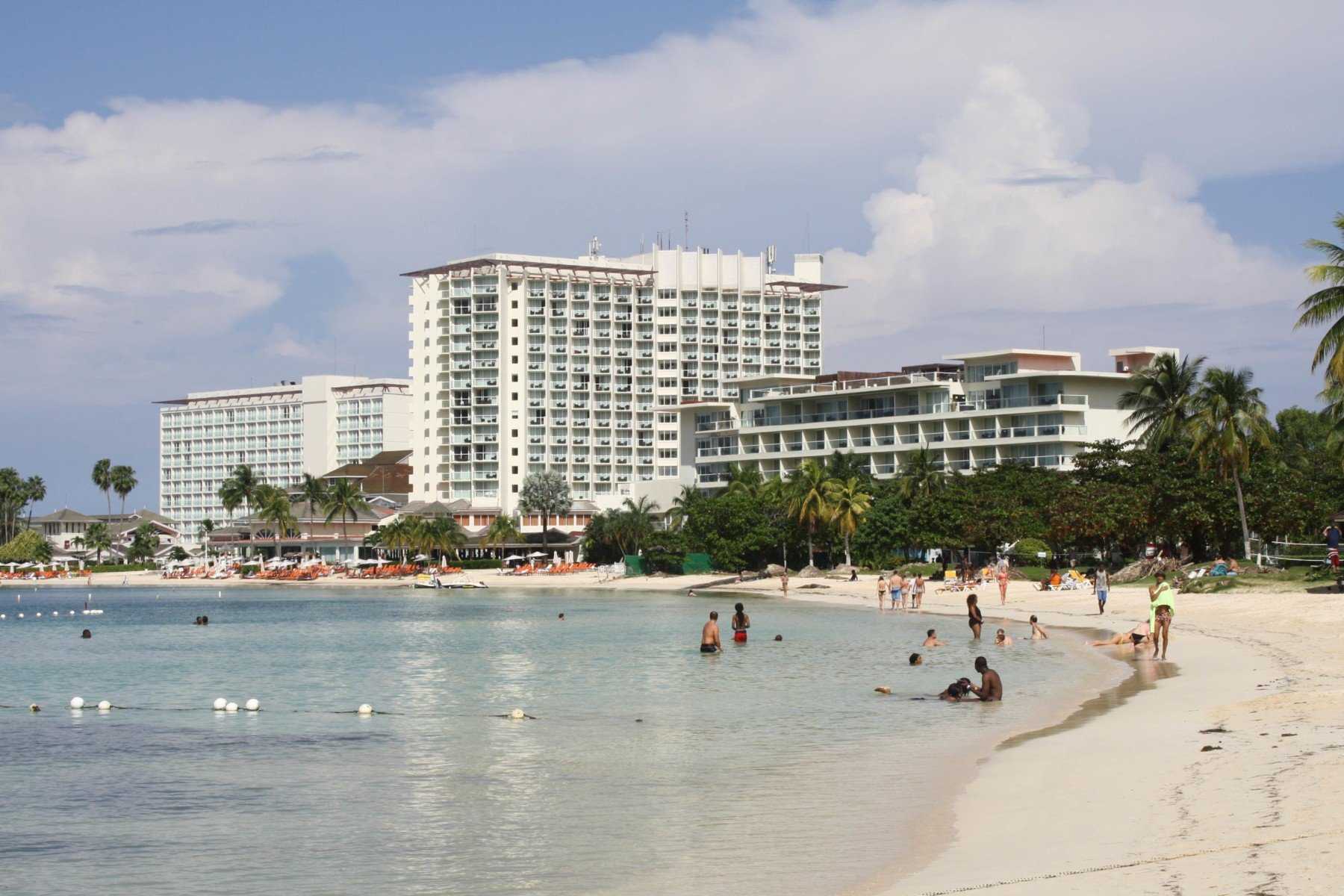BY SIMONE J. SMITH
“We’re not accepting new patients.” Again.
You throw your head back against the cushions, a wave of despair washing over you. It feels like you have been abandoned by the system.
You hold up your prescription bottle. “This is about to run out. I called every clinic in the area, and no one’s taking new patients. That’s ridiculous. How am I supposed to get this filled? I should try those phone appointments again. At least it saves the drive. I know, but I worry about the quality of care. You know how important those in-person check-ups are. With my cancer history and family history of heart disease, preventative care is crucial. I can’t afford any interruptions in my care. Walk-in clinics are just not an option.”
“This is supposed to be a first-world country. How can we not have access to basic healthcare?”
Every region of Ontario is experiencing a shortage of family doctors, and the crisis is only going to get worse if the provincial government doesn’t take immediate action
In February of 2024, a group of family physicians held a meeting to talk about alternative career paths, because they determined that the practice of family medicine is not sustainable in Ontario. The meeting was intended also to draw attention to what doctors believe is lack of goodwill by the health ministry in its negotiations with the Ontario Medical Association (OMA) for what was going to be the next physician services agreement, which determines how much money physicians can bill the government for providing care under OHIP.
Dr. Ramsey Hijazi, founder of the Ontario Union of Family Physicians, a group of more than 1,700 doctors, said the organization had planned a mass movement of doctors to take a “Coordinated day off” that Monday, but decided to hold a virtual meeting instead to avoid any impact on patient care. About 150 family doctors took part in the career summit.
After the meeting, the doctors talked about the possibility of transitioning out of family medicine into other fields, such as hospital, or cosmetic medicine.
Readers. Community. News like this should be frightening to you. In many ways, it is important to question the fact that we do live in a first-world country, and many of you do not have access to basic health care.
A group of concerned citizens in Ontario are urging the government to address the critical issue of defunding family medicine. It is imperative to recognize that family doctors are not just healthcare professionals, but also small business owners who face significant financial challenges due to inadequate funding.
Family doctors in Ontario are paid by the government through funding intended to cover various expenses such as: rent, staff salaries, nursing services, electronic medical records, computers, phone bills, utilities, and more. However, this funding has remained stagnant for far too long and has failed to keep up with rising costs and inflation. As a result, family doctors struggle to meet their basic operational expenses.
Let’s shed light on this issue further:
Financial Burden: The average cost of running a single doctor’s practice exceeds $100,000 per year. (Source: Ontario Medical Association)
Inadequate Compensation: Unlike salaried professionals, or employees who receive benefits such as: 1-yr maternity leaves, pensions, sick leave, vacation pay, health and dental benefits from their employers, family doctors do not have access to these benefits despite their crucial role in our healthcare system.
Uncompensated Workload: Family doctors provide up to 20 hrs/wk of UNPAID administrative work to manage: incoming results, bloodwork, diagnostic imaging – x ray, CT, MRI reports, pharmacy prescription requests, specialists’ requests and notifications, without receiving any additional compensation. (Source: Ontario College of Family Physicians)
Recruitment Challenges: The above financial constraints faced by family doctors discourages new graduates from entering primary care practice. (Source: Canadian Medical Association). The government can increase medical school spots, but in the last decade, 20% FEWER medical students are choosing Family Medicine. (Source: CARMS statistics https://www.carms.ca/data-reports/r1-data-reports/r-1-match-interactive-data/
Retention Challenges: Once Family Physicians finish their training, FEWER family medicine graduates are choosing to ACTUALLY PRACTICE Family Medicine. Choosing instead to work in: the ER, hospital, focused areas – sports medicine, or cosmetics clinics, or alternative careers such as working for the federal government, or consulting. These positions often pay much better, do not have unpaid administrative burden, and require much less business responsibilities.
Up to 47% of physicians (including family doctors and specialists) polled by Statistics Canada stated they planned on leaving the profession within the next five years. (Source: Statistics Canada https://www150.statcan.gc.ca/n1/daily-quotidien/220603/cg-a002-eng.htm
This does not take into account those planning to retire within the next five years. Many have already begun leaving, a phenomenon known as #DOCXIT
It is essential for our government representatives to take immediate action towards fair compensation for family doctors in order to maintain a robust primary care system that serves all Ontarians effectively.
These concerned citizens have started a petition, and in signing this petition, they are demanding that the government:
- Increase funding for family doctors to cover rising operational costs and inflation.
- Provide fair compensation packages, including access to pensions, health benefits, and paid sick time.
- Recognize the additional workload of family doctors by compensating them for administrative burden.
- Implement measures to attract and retain new graduates into primary care practice in Ontario.
It is high time we value the dedication and hard work of our family doctors who play a vital role in keeping our communities healthy. Let us stand together to ensure they receive fair compensation that reflects their contributions.
36,978 have signed the Ontario Union of Family Physicians’ petition.
Let’s get to 50,000!


 Community News2 weeks ago
Community News2 weeks ago
 Community News1 week ago
Community News1 week ago
 Community News7 days ago
Community News7 days ago
 Community News6 days ago
Community News6 days ago
 Junior Contributors2 weeks ago
Junior Contributors2 weeks ago
 Junior Contributors2 weeks ago
Junior Contributors2 weeks ago
 Junior Contributors2 weeks ago
Junior Contributors2 weeks ago
 Community News1 week ago
Community News1 week ago
































